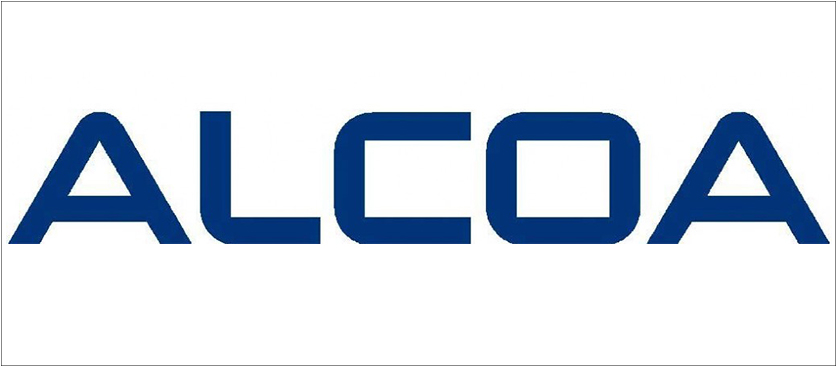Workplace safety brings praise to Alcoa
Alcoa is the world’s leading producer of primary and fabricated aluminum and also the largest miner of bauxite and refiner of alumina. In 125 years of activity, Alcoa has contributed to setting milestones in aerospace, automotive, construction, commercial transportation, consumer electronics, packaging and industrial markets. With more than 60.000 employees around the world, the company is in debt with setting quality standards for their activity, but also with caring for the safety and satisfaction of each and every employee.
New age
Paul O’Neill, CEO starting 1987, entered the company, having as a background a government position, practically nothing to do with industry. Firstly regarded as an outsider of the field, O’Neill brought no new people into the company and kept the entire staff under his command. The idea he came with was to preserve the assets the company possesses and make the best of it. Among the assets possessed by the company, the focus was on the speed of machines, the energy used, number of people needed for task, waste material generated and length of time on processes.
Develop. Implement
In order to start the process of improving individual and corporate performance, the CEO projected a series of comparisons between Alcoa and its competitors. What he found was 450 measures of productivity, safety and quality. The next step was to analyze these measures and drive the company to the road in need. The only road he envisioned was the road of perfection.
The path he chose to improve, or else to bring to perfection, was the safety of the workplace at Alcoa. The company was already enjoying a front position in the top three companies in days lost to injury. But the target O’Neill set was zero days lost.
The process of reaching zero days lost to injury comprised audits of all safety incidents, past and present, orders to inform the CEO within 24 hours of every accident that happened at the workplace and also retooling safety-training programs. All this meant that everybody had something to do, small bits for every individual, but crucial parts in the chain of dealing with workplace injury.
Not exactly “a piece of cake”
But the challenge of reaching zero injuries was not an easy one at Alcoa. Working for Alcoa “officially” included injuries like “burns, cuts or smashed fingers”, according to a veteran of the company. He says “danger is like a rite of passage” at Alcoa. O’Neill managed to decrease the number of injuries by 50 % by the year of 1991. Together with his team, both salaried and hourly workers, he managed to develop and implement safety processes that allowed the company not only to keep its employees safe, but also to preserve the jobs that were expected to be cut off. The new processes also brought financial savings, which enabled the employees to benefit from a profit-sharing plan developed by the CEO.
Things are looking up
In time, Alcoa managed to reduce the workplace injury rate to a 20th of the USA average number. With this progress, the company soon arrived to control the one-sixth of the global aluminum output and almost half of USA output, with profits of $1.5 billion based on sales of $23 billion. The zero imposed at the beginning was still not achieved, but the odds were looking good. Consistency is what qualifies the CEO of Alcoa to improve the work processes. He says that it takes a lot of painful consistency to earn the trust of the workers and to make them truly engage in what you believe in. Taking people aboard is a difficult, yet doable action.
Alcoa has proven to be successful in reducing workplace injury. The credits for it are taken by the CEO and workers alike. Achieving success is a matter of time and money, but it is more about vision and consistency. Having a powerful strategy set and engaging people in its implementation process is the first stone to place in a sustainable structure.
References:
- Alcoa (2013), Alcoa corporate overview
- Alcoa (2013), Zero is possible
- Bratton, W. J. and Tumin, Z. (2013), With safety, Alcoa showed its mettle (part 3): Bratton and Tumin, Bloomberg.com
- Krause, R. (2013), alcoa’s Paul O’Neill relied on analysis and safety to boost his company to the forefront, Investors.com
Image source: Emerging Growth

Tags: Manufacturing performance, Performance Management, Resources performance, Work Safety






